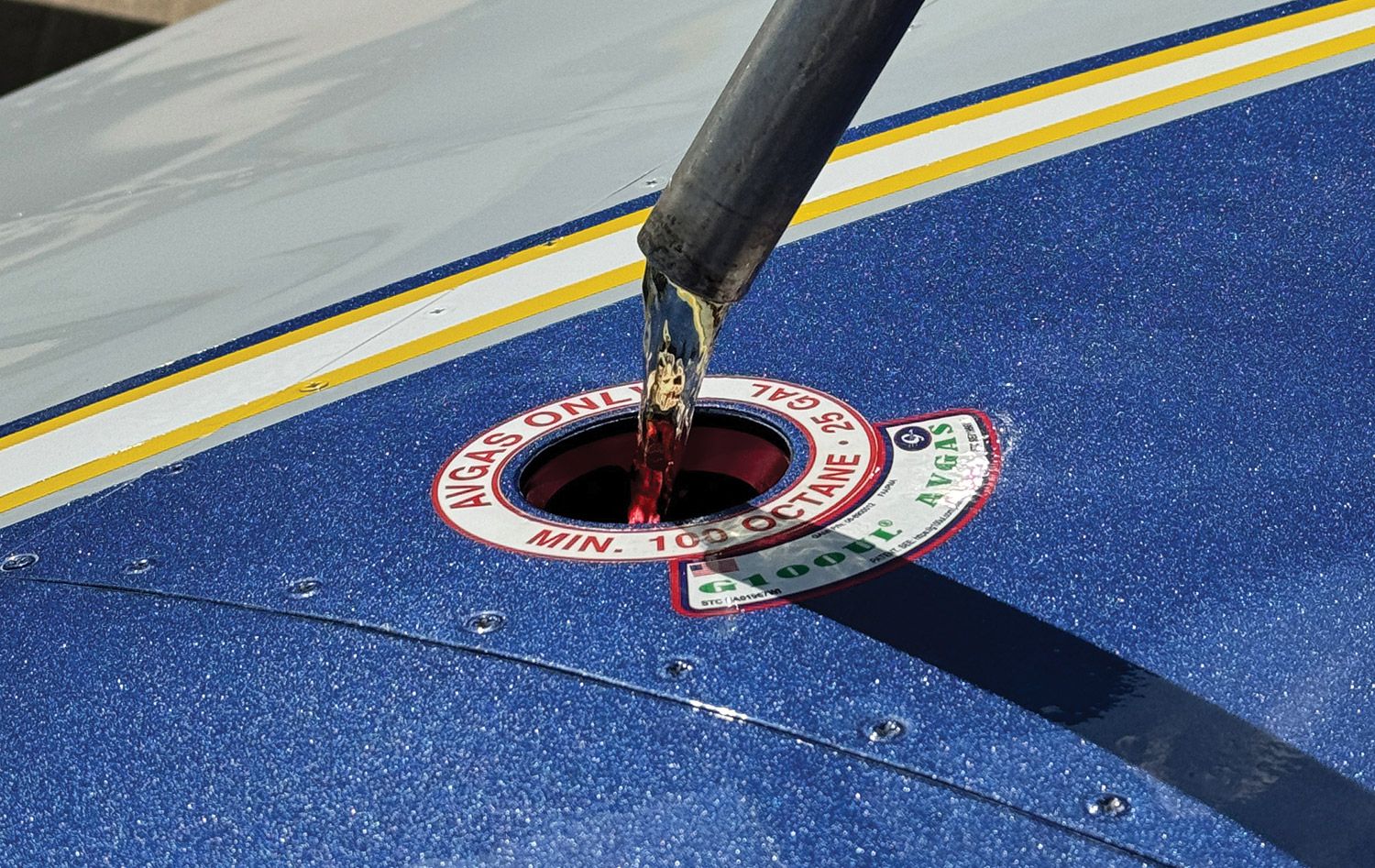Other than plugs….where’s your savings? We’ve been running engines on unleaded fuel for years…they didn't run much longer. Recall the Peterson STC’s of the 80’s?
careful to gulp the koolaid folks.
Okay, here's what I'm looking at... plugs don't even factor into it. I rarely even have to clean a plug because I run my engine pretty lean.
I change my oil at 50 hrs, and sample it. What I notice is that the oil is still in great shape, but it's absolutely loaded with lead. With unleaded fuel, even conventional oil should easily make 100hr intervals, and I expect to see synthetics enter the market that can go 200 while significantly reducing engine wear. Oil changes are $400 at my shop. I usually do it myself, but frankly that probably costs me more if I place a value on my time. So 400/50 is $8/hr. Divide that by 15gal/hr, and that alone is worth 53 cents/ gallon.
What kills engine's? It's never wear. It's valve problems, blowby, or cam/ lifter failures. Most valve problems are a direct result of lead. Lead deposits on the seats creat hotspots that burn valves. Lead deposits on the stems cause sticking valves and can damage valve guides ruining the heads. Blowby is caused by lead deposits under the rings. Cams... well that's usually a lack of flying. Synthetics may do a better job of protecting against corrosion, but I'm not going to hang my hat on that.
Synthetic oils will also extend the life of all the oil wetted parts. The bottom ends of these engines are already capable of going 4000 hours. If we can keep the cams and pistons better lubricated with modern synthetic oils, I think pushing overhauls out to 3-4000 hours will be commonplace for planes that fly frequently. Doubling tbo on a $50k engine that burns 15gal/hr works out to $1.67/gal. Now, doubling might be a stretch, but even half of that number is significant.
There's other possibilities too. I think closed loop EFI will become common in the experimental world. Even my old certified bird could use a wide-band O2 sensor to give me real time feedback on the air:fuel ratio.
Just sticking my borescope in my engine is enough to make me want to get the lead out, and my engine runs pretty clean as evidenced by my plugs.
Taking off the rose colored glasses for a minute, I do want to know what happened at UND. I'm not convinced they did a careful enough study to place the blame on the fuel, but it certainly gives me pause. I'm very interested to see what lycoming has to say about it, but it's been 3 months now of radio silence. I tend to believe that if valve recession were going to be a problem, GAMI would've found it. Maybe it's something specific to the lower octane fuel? Maybe it's the lack of lead fouling cushioning the valve seats. It's a big unanswered question to be plowing ahead with all this.

 www.avweb.com
www.avweb.com

 www.avweb.com
www.avweb.com
